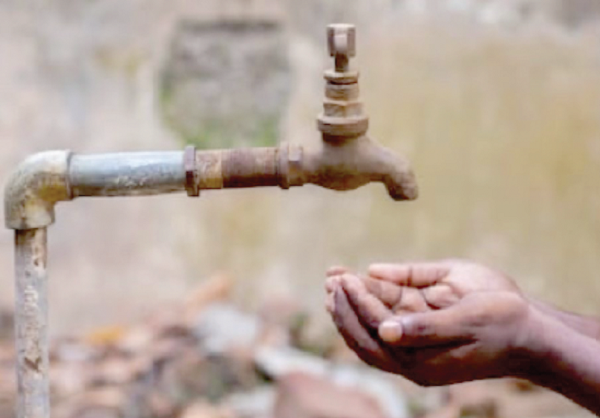1.4 million households in urban areas lack water, with over 400k practicing open defecation – GSS
The Ghana Statistical Service (GSS), in its latest report, has revealed alarming statistics regarding the water and sanitation situation in urban households across the nation.
The report indicates that in 2021, approximately 1.4 million urban households in Ghana lacked access to water on their premises.
It further revealed that residents of 89,922 households were compelled to travel over 30 minutes to reach their primary source of drinking water.
Furthermore, the GSS noted that nationally, 112,031 urban households were relying on unimproved sources of drinking water, defined as sources lacking adequate protection from external contamination.
“One in every four households (27.7%) in urban areas did not have their main source of drinking water on their premises according to the 2021 Population and Housing Census (PHC) General Report on Water and Sanitation.
“This figure represents 1.4 million urban households without access to water on their premises. Out of this number, 89,922 households had to travel more than 30 minutes to make a round trip to get to their main source of drinking water and return,” the statement said.
According to GSS, the North East region of Ghana experienced the highest percentage of urban households using unimproved sources of drinking water.
The report highlighted that “One in every four (24.0%) urban households was using unimproved sources of drinking water in the North East region which recorded the highest percentage and was over ten times the national urban average (2.2%).
“The Northern (10.0%) and Savannah (9.3%) regions distantly recorded the next highest percentages of households using unimproved sources in urban areas,” it added.
The situation is further exacerbated by a significant sanitation issue in urban Ghana. The report revealed that almost half a million households (449,849) in urban areas did not have access to toilet facilities and were forced to practice open defecation.
In addition, 1.3 million urban households used public toilet facilities. The North East and Savannah regions displayed alarming figures, with over half of urban households practicing open defecation (54.0% and 51.9%, respectively), which is more than five times the national urban average of 8.9 percent.
The report identified six regions with over 20.0 percent of urban households practicing open defecation, indicating a critical need for improved sanitation infrastructure and awareness.
Find details of the full report below.



